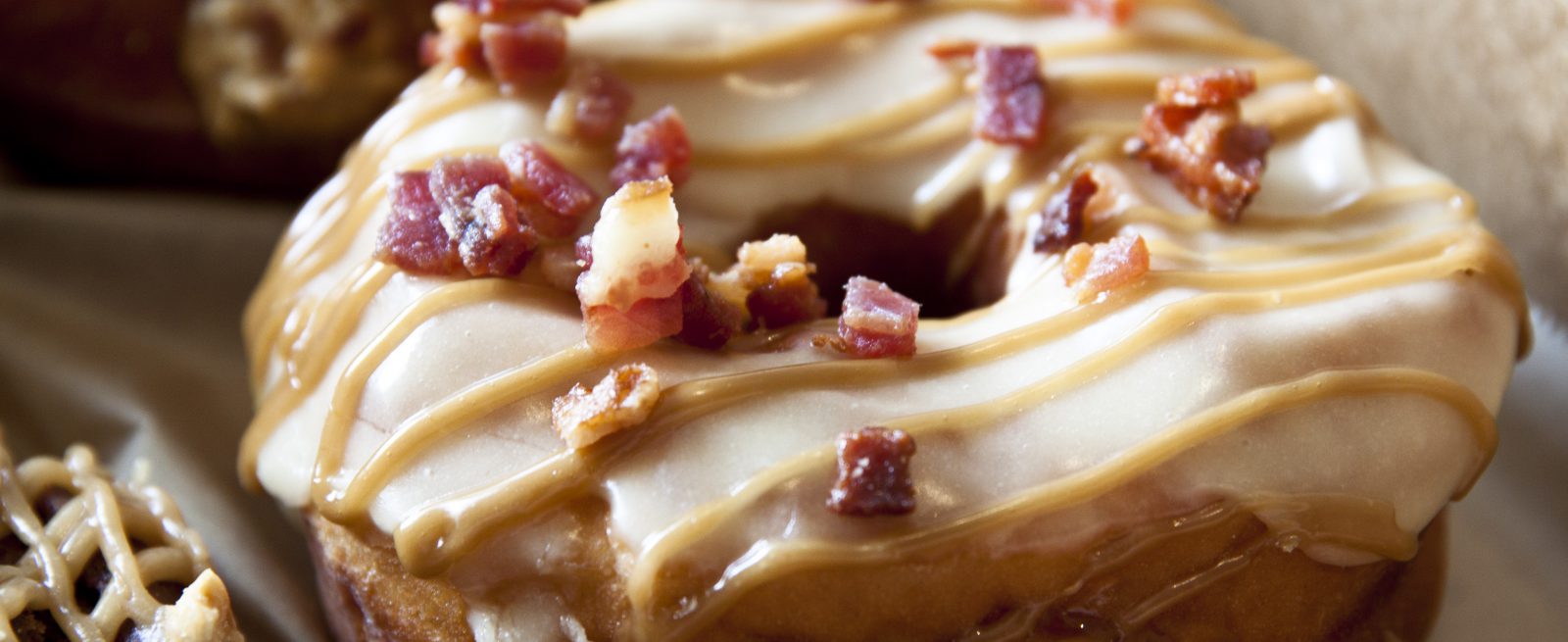Why Your Restaurant Needs to be Camera Ready
3 Min Read By Brian Murphy
You have seen them. The photos of food on a restaurant’s website, Yelp, or Instagram account that just don’t quite make it. The images are just out of focus, the lighting is terrible, or the food doesn’t look appetizing overall. Simply having photos of any quality is not the answer to representing your food or brand online. Quality counts. Guests, either current or potential, are paying more attention than ever and are the very ones that can make or break your business.
Start With Your Best Work
When you are trying to capture images of your establishment, the little details are often the things that make or break the photo. Consider the entire frame or scene when you are preparing to shoot your photos. Photo of the dining room? Be sure there is no trash on the floor, streaks on the table, or stains on the carpet before you shoot. Look beyond your subject as well, as a dead plant in the back corner doesn’t exactly showcase your overall attention to detail. And that is something that people want to see. Plating details count as well. Take the extra few seconds to plate the item being photographed with care. Depending on the establishment, a food stylist or techniques they employ are not necessary. What you should be sure of is making sure there is no pooling grease on the plate, fingerprints, that the plate looks as appetizing as possible. An Internet search for “food photography” should provide enough examples.
Angles and Lighting
There are different routes to success here, and the best solution is to take the photo from a few different angles and then look at the images to see what works best. The overhead shot from immediately above the food is a popular method and can be quite eye-catching for some food items. Foods that are attractive from above, like ramen bowls with all the accompanying items, a combination plate, or a plated dessert with design and contrasting colors and textures. Things that will require a lower angle or side view include things like burgers and sandwiches, plated dishes that include several components that are built up on the plate, and desserts with layers. Lighting can make or break the scene, and should absolutely be considered, especially if the images are being captured on a mobile phone. Natural light will offer the best light, so images taken near a window or even outside in the shade will offer great results. Placing the item being photographed under a direct light source or in direct sun can wash out some colors and cast harsh shadows that make food less attractive.
The Camera Sees All
Keep the immediate backgrounds in mind. Overhead shots will reveal a lot of the surface under the item being photographed, so be sure it is clean and complementary to the dish. A contrasting color, and interesting texture, and perhaps something else to complement the scene. Think about the kind of consumer you are looking for and include other items in the image and have them play a supporting role. Consider a glass of wine or a pint of beer positioned behind that plate or burger to suggest that the two might go well together and offer a more authentic dining scene. Consider getting close to the main item being photographed to showcase that crispy texture or bold seasoning, and allow the background to blur a bit. The result could lead to a nice image that intrigues guests and gives the illusion of a more professional shot. Consider this technique as a “taste” of the item, which can leave the viewer wanting a bit more. This technique is also great for blurring out a background you don’t necessarily want to showcase. The kitchen is a great example of this. While some establishments have pristine kitchens, some that turn out amazing plates and presentation do not. A closeup can minimize background “noise.”
Practice Makes Perfect
Make short, attainable efforts to improving your brand imagery online and start with one menu item at a time. Start with something with a low food cost to take some test shots with and find the right light. Get feedback from different employees, and be sure to view the test image on several platforms – what looks good on the monitor may look different on a mobile device. Once images begin to improve, and you have a good handle on what it takes to get a quality shot, then begin promotion and watch the engagement with your images increase. Managed well, guests will interact with you and your brand images online; something that can directly impact your sales.





